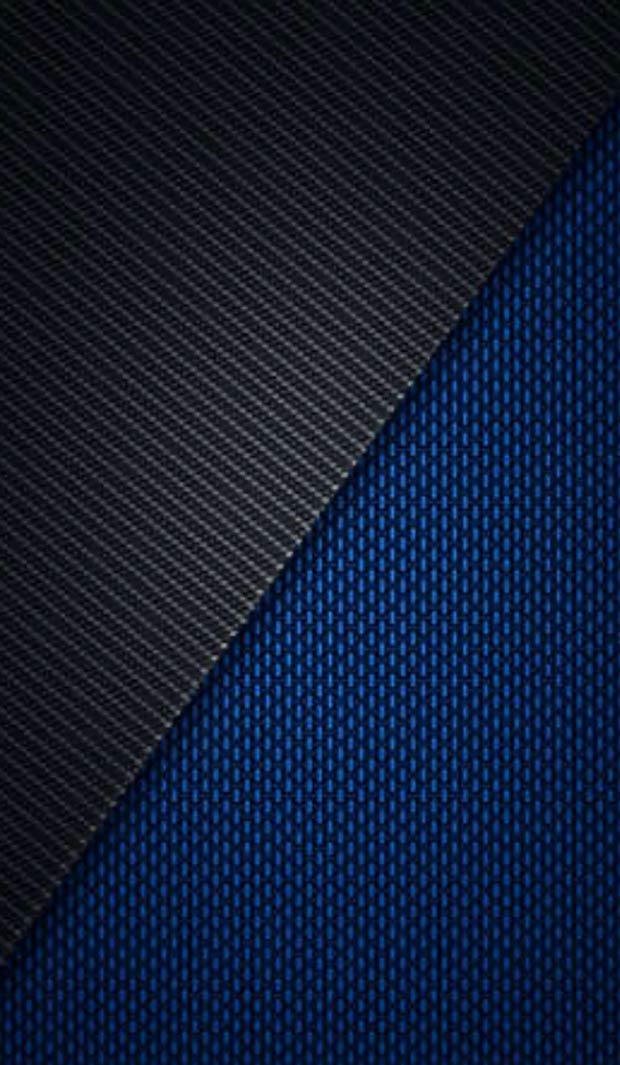



The adhesives and coatings products are an alternative to traditional methods of assembly and protection. Technical bonding / coating fixes the materials together but also lightens the structures, protects against corrosion, dampens shocks and vibrations, reinforces the aesthetics of the assembly, etc.

The implementation of glass bonding requires high aesthetic requirements, such as transparency, discretion of the bonding.
Glass is a material used in many fields of application: Cosmetics, optics, decoration, automotive, construction, medical …
One of the most important aspects of glass / glass, glass / metal or glass / plastic bonding is that the adhesive remains transparent and does not yellow but also has good mechanical and chemical resistance.
UV adhesive is an excellent solution for applications which require strong resistance and ultra-fast bonding with aesthetic constraints; this is why it is used for bonding requiring transparency of the bonded parts.



The bonding assembly has many advantages compared to a traditional assembly. Indeed, from an aesthetic point of view, the surfaces are not altered by welding or riveting operations. On the other hand, The adhesive bonding process allows high precision, does not require drilling and does not generate thermal and mechanical distortions.
In addition, the bonding ensures the tightness of the assemblies and makes it possible to absorb shocks and vibrations.
KEOL uses high quality adhesives intended for joining aluminum with other metals. With more than 20 years of experience in adhesive, our teams work on the durability of the assembly so that it is not affected by external events (humidity, thermal amplitudes, etc.).



Plastics can be classified into three different groups, depending on their range of long-term use:
Standard plastics (up to 90 ° C) meet a multitude of industrial needs and meet constraints of a visual nature, weight, but also reliability.
Engineering plastics (up to 140 ° C) which are mainly found in the electronics sector.
Thermoplastics (up to 260 ° C) which play a leading role in the automotive sector as well as the medical technology sector.
The bonding of plastic requires an assembly offering a high resistance with a great adhesion of the adhesive on the support.



A composite material is an assembly of at least two immiscible components (but having a high penetrating capacity) whose properties complement each other. Durability / anticorrosion / fatigue resistance: composite materials offer a very good service life thanks to their good fatigue resistance (2 to 3 times greater than that of aluminum alloys or high-strength steel and titanium alloys) .
Our high performance structural adhesives make it possible to act for durable assemblies. Polyurethane, Epoxy, or Methacrylate adhesives are the best for this type of bonding.


The implementation of glass bonding requires high aesthetic requirements, such as transparency, discretion of the bonding.
Glass is a material used in many fields of application: Cosmetics, optics, decoration, automotive, construction, medical …
One of the most important aspects of glass / glass, glass / metal or glass / plastic bonding is that the adhesive remains transparent and does not yellow but also has good mechanical and chemical resistance.
UV adhesive is an excellent solution for applications which require strong resistance and ultra-fast bonding with aesthetic constraints; this is why it is used for bonding requiring transparency of the bonded parts.



Plastics can be classified into three different groups, depending on their range of long-term use:
Standard plastics (up to 90 ° C) meet a multitude of industrial needs and meet constraints of a visual nature, weight, but also reliability.
Engineering plastics (up to 140 ° C) which are mainly found in the electronics sector.
Thermoplastics (up to 260 ° C) which play a leading role in the automotive sector as well as the medical technology sector.
The bonding of plastic requires an assembly offering a high resistance with a great adhesion of the adhesive on the support.



A composite material is an assembly of at least two immiscible components (but having a high penetrating capacity) whose properties complement each other. Durability / anticorrosion / fatigue resistance: composite materials offer a very good service life thanks to their good fatigue resistance (2 to 3 times greater than that of aluminum alloys or high-strength steel and titanium alloys) .
Our high performance structural adhesives make it possible to act for durable assemblies. Polyurethane, Epoxy, or Methacrylate adhesives are the best for this type of bonding.



